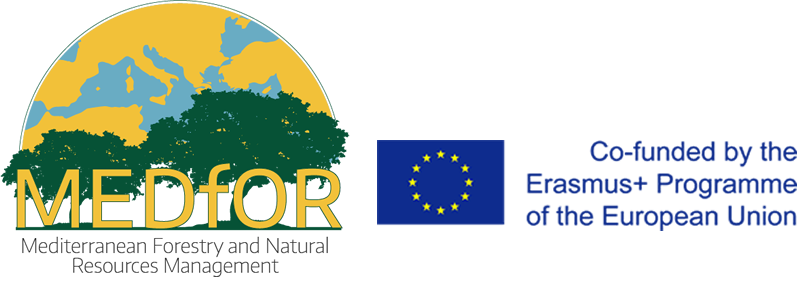Exploring Spatial Growth-Synchrony of Seasonal Pinewood Formation and Soil Macrofungal Productivity: A Variance-Covariance Mixed Modeling Approach
Luka Goudsblom 2023. "Exploring Spatial Growth-Synchrony of Seasonal Pinewood Formation and Soil Macrofungal Productivity: A Variance-Covariance Mixed Modeling Approach". Master Thesis. The University of Lleida.
Supervisors: Dr. Tatiana Shestakova and Prof. Sergio de Miguel
Summary:
Fungi and pine trees shape unique and highly heterogeneous forest ecosystems in the Mediterranean, typically characterised by limiting nutrients and water availability. Fungal productivity plays a key role for the capacity of trees to obtain soil carbon, water, and nutrients. Regional climate and microclimatic conditions regulate both seasonal wood formation and fungal productivity, although responses may be highly dependent on seasonality, tree species, fungal functional group and complex local soil conditions. In this study it is attempted to clarify to what extent saprotrophic and ectomycorrhizal mushroom production are coupled with tree growth of different pine species along a supra-to-thermo-Mediterranean climate gradient. To this end, we apply a variance-covariance mixed modelling approach to take into account random variation arising from repeated measurements (year effects). This investigation was carried out in forests of four different pine species in the province of Catalonia (NE Spain), with sites ranging from mesic to xeric conditions. Tree-ring width data was obtained for the period 1975-2014, fungal sporocarp productivity data was obtained for the period 1997-2022. Spatial synchrony patterns were quantified with the use of variance-covariance mixed modelling, based on subsets of data according to taxonomic- and geographic grouping criteria. Further assessment of annual tree-ring growth and fungal sporocarp production relationships were achieved with the use of bivariate random effects modelling. We observed that EW formation favoured cold and wet conditions during previous autumn and current early-summer, whereas LW formation seemed less affected by climate, though more by precipitation than temperature. Saprotrophic productivity showed no clear climate dependencies, which we attributed the lack of included site/soil variables, while ectomycorrhizal productivity mainly correlated with late-summer/early-autumn precipitation. Synchrony estimates revealed that taxonomy-based groupings scored consistently higher than geography-based groupings. TRW trait synchronies demonstrated a clear effect of enhanced synchrony under increasingly-drought limiting circumstances, but with species-specific responses for LW formation. ECM synchrony appeared rather consistent, but with noticeable spatial autocorrelation at lower geographical distances, whereas SAP synchrony barely yielded any results due to a high proportion of nonvariance measurements. We find that long-term mushroom inventories are crucial for appropriate analysis, and equally so the resolution and detrending of climate data.



